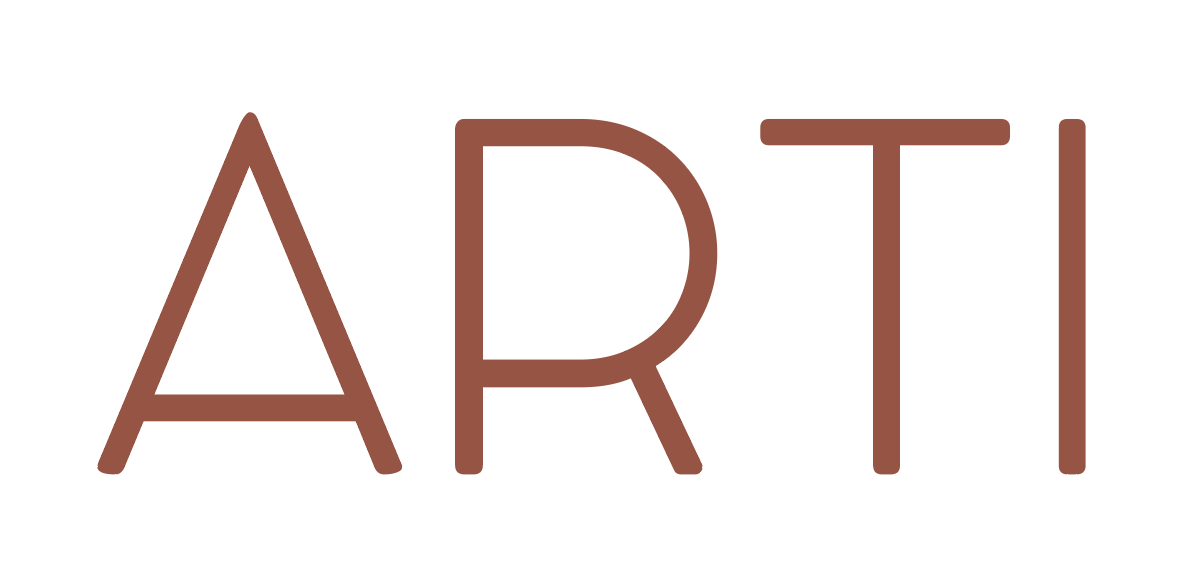JOAN MIRO LITHOGRAPH
Original, 1953
Framed size 41 x 51 cm
Free UK shipping
Please get in touch for international shipping costs
‘A kaleidoscopic game of infinite possibilities’ — this was how French writer Michel Leiris described the art created by his friend, Joan Miró. If the Spanish artist is remembered principally as a painter, it’s worth pointing out that his artistic curiosity wasn’t satisfied by oil on canvas alone. Over a seven-decade career, he also worked in sculpture, ceramics, tapestry and, most prolifically, prints.
Miró had an unwavering commitment to printmaking. And similarly to Picasso, he created more than 2,000 works in the medium. It’s often said that Miró’s fondness for calligraphic lines — such a distinctive feature of his paintings — lent itself naturally to graphic work
‘In terms of both the quality and quantity of his output, Joan Miró was one of the most important printmakers of the 20th century,’ says Murray Macaulay, Head of Prints at Christie’s in London.
‘Miro’s approach to making prints was playfully improvisational,’ explains the specialist. ‘He would cut up proofs and rearrange the elements, collating the pieces together in new patterns, adding daubs of colour in crayon, or glyph-like marks in India ink, and writing extensive instructions to his printer. It was a process of finding the image through experiment, embracing accident, but also controlled and methodical.’
Original, 1953
Framed size 41 x 51 cm
Free UK shipping
Please get in touch for international shipping costs
‘A kaleidoscopic game of infinite possibilities’ — this was how French writer Michel Leiris described the art created by his friend, Joan Miró. If the Spanish artist is remembered principally as a painter, it’s worth pointing out that his artistic curiosity wasn’t satisfied by oil on canvas alone. Over a seven-decade career, he also worked in sculpture, ceramics, tapestry and, most prolifically, prints.
Miró had an unwavering commitment to printmaking. And similarly to Picasso, he created more than 2,000 works in the medium. It’s often said that Miró’s fondness for calligraphic lines — such a distinctive feature of his paintings — lent itself naturally to graphic work
‘In terms of both the quality and quantity of his output, Joan Miró was one of the most important printmakers of the 20th century,’ says Murray Macaulay, Head of Prints at Christie’s in London.
‘Miro’s approach to making prints was playfully improvisational,’ explains the specialist. ‘He would cut up proofs and rearrange the elements, collating the pieces together in new patterns, adding daubs of colour in crayon, or glyph-like marks in India ink, and writing extensive instructions to his printer. It was a process of finding the image through experiment, embracing accident, but also controlled and methodical.’
Original, 1953
Framed size 41 x 51 cm
Free UK shipping
Please get in touch for international shipping costs
‘A kaleidoscopic game of infinite possibilities’ — this was how French writer Michel Leiris described the art created by his friend, Joan Miró. If the Spanish artist is remembered principally as a painter, it’s worth pointing out that his artistic curiosity wasn’t satisfied by oil on canvas alone. Over a seven-decade career, he also worked in sculpture, ceramics, tapestry and, most prolifically, prints.
Miró had an unwavering commitment to printmaking. And similarly to Picasso, he created more than 2,000 works in the medium. It’s often said that Miró’s fondness for calligraphic lines — such a distinctive feature of his paintings — lent itself naturally to graphic work
‘In terms of both the quality and quantity of his output, Joan Miró was one of the most important printmakers of the 20th century,’ says Murray Macaulay, Head of Prints at Christie’s in London.
‘Miro’s approach to making prints was playfully improvisational,’ explains the specialist. ‘He would cut up proofs and rearrange the elements, collating the pieces together in new patterns, adding daubs of colour in crayon, or glyph-like marks in India ink, and writing extensive instructions to his printer. It was a process of finding the image through experiment, embracing accident, but also controlled and methodical.’


